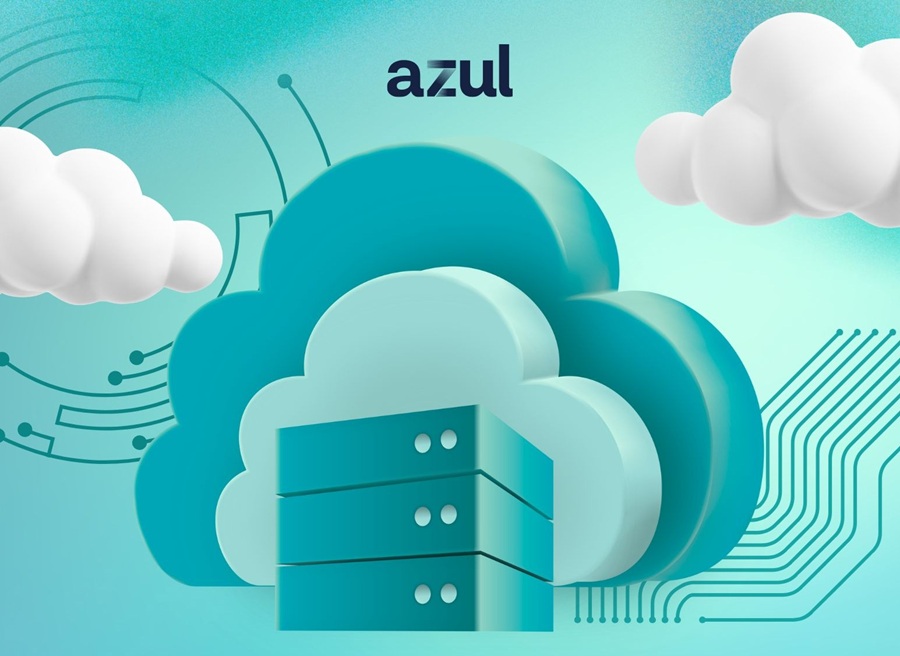NetSocket announced the first in its CEM 2000 Series of products for remote and branch offices.
With CEM 2000, NetSocket expands its line of CEM unified communications service assurance solutions to meet the needs of enterprises that have a large number of distributed remote offices.
CEM 2000 offers a smaller, highly affordable footprint than previously available, reducing CAPEX for remote sites.
CEM (Cloud Experience Manager) provides comprehensive insight into network issues, reducing problem resolution time by more than 70 percent for a significantly lower total cost of ownership (TCO) and a superior user experience. More than just monitoring, CEM provides complete IP network information correlation. CEM automatically correlates session, content and topology data in real time, without probes, enabling managers to anticipate, isolate and remediate network problems. CEM's patented IP Correlation Engine finds the "needle in a haystack" in a matter of clicks rather than hours or days.
With its newly enhanced UC service assurance management interface, CEM provides proactive network service management more intuitively than ever before. The CEM GUI provides a single-pane-of-glass view of correlated session, content and topology data to deliver immediate and clear visibility of the user experience and optimized proactive problem identification and remediation with comprehensive reporting.
"Our research shows that organizations are increasingly looking to expand the benefits of network performance management solutions to more locations and users. By offering multiple network service management options to extend network visibility further out into enterprise remote sites, NetSocket's CEM 2000 is meeting the needs of a broader range of customers and enabling more organizations to leverage its solutions," said Bojan Simic, president and principal analyst, TRAC Research. "CEM 2000 is aligned with how branch offices are designed, to ensure the highest quality unified communications to remote users."
"Customers with highly distributed enterprises wanted a more affordable way to assure service quality for remote users, which is what we developed CEM 2000 to provide," said John White, CEO and president of NetSocket. "CEM has a single-system architecture that easily scales to large, medium and small environments. With CEM 2000, customers have a fully featured CEM appliance that allows them to extend network visibility to all users in their enterprise regardless of location."
The CEM 2000 joins the CEM product family, which also includes the CEM 6000 appliance, for supporting service deployment across all types of enterprises. While the CEM 2000 is designed for remote and branch offices (50-1,000 users), the CEM 6000 is designed for large offices and data centers (> 1,000 users).
The Latest
As enterprises accelerate their cloud adoption strategies, CIOs are routinely exceeding their cloud budgets — a concern that's about to face additional pressure from an unexpected direction: uncertainty over semiconductor tariffs. The CIO Cloud Trends Survey & Report from Azul reveals the extent continued cloud investment despite cost overruns, and how organizations are attempting to bring spending under control ...

According to Auvik's 2025 IT Trends Report, 60% of IT professionals feel at least moderately burned out on the job, with 43% stating that their workload is contributing to work stress. At the same time, many IT professionals are naming AI and machine learning as key areas they'd most like to upskill ...
Businesses that face downtime or outages risk financial and reputational damage, as well as reducing partner, shareholder, and customer trust. One of the major challenges that enterprises face is implementing a robust business continuity plan. What's the solution? The answer may lie in disaster recovery tactics such as truly immutable storage and regular disaster recovery testing ...
IT spending is expected to jump nearly 10% in 2025, and organizations are now facing pressure to manage costs without slowing down critical functions like observability. To meet the challenge, leaders are turning to smarter, more cost effective business strategies. Enter stage right: OpenTelemetry, the missing piece of the puzzle that is no longer just an option but rather a strategic advantage ...
Amidst the threat of cyberhacks and data breaches, companies install several security measures to keep their business safely afloat. These measures aim to protect businesses, employees, and crucial data. Yet, employees perceive them as burdensome. Frustrated with complex logins, slow access, and constant security checks, workers decide to completely bypass all security set-ups ...

In MEAN TIME TO INSIGHT Episode 13, Shamus McGillicuddy, VP of Research, Network Infrastructure and Operations, at EMA discusses hybrid multi-cloud networking strategy ...
In high-traffic environments, the sheer volume and unpredictable nature of network incidents can quickly overwhelm even the most skilled teams, hindering their ability to react swiftly and effectively, potentially impacting service availability and overall business performance. This is where closed-loop remediation comes into the picture: an IT management concept designed to address the escalating complexity of modern networks ...
In 2025, enterprise workflows are undergoing a seismic shift. Propelled by breakthroughs in generative AI (GenAI), large language models (LLMs), and natural language processing (NLP), a new paradigm is emerging — agentic AI. This technology is not just automating tasks; it's reimagining how organizations make decisions, engage customers, and operate at scale ...
In the early days of the cloud revolution, business leaders perceived cloud services as a means of sidelining IT organizations. IT was too slow, too expensive, or incapable of supporting new technologies. With a team of developers, line of business managers could deploy new applications and services in the cloud. IT has been fighting to retake control ever since. Today, IT is back in the driver's seat, according to new research by Enterprise Management Associates (EMA) ...
In today's fast-paced and increasingly complex network environments, Network Operations Centers (NOCs) are the backbone of ensuring continuous uptime, smooth service delivery, and rapid issue resolution. However, the challenges faced by NOC teams are only growing. In a recent study, 78% state network complexity has grown significantly over the last few years while 84% regularly learn about network issues from users. It is imperative we adopt a new approach to managing today's network experiences ...

